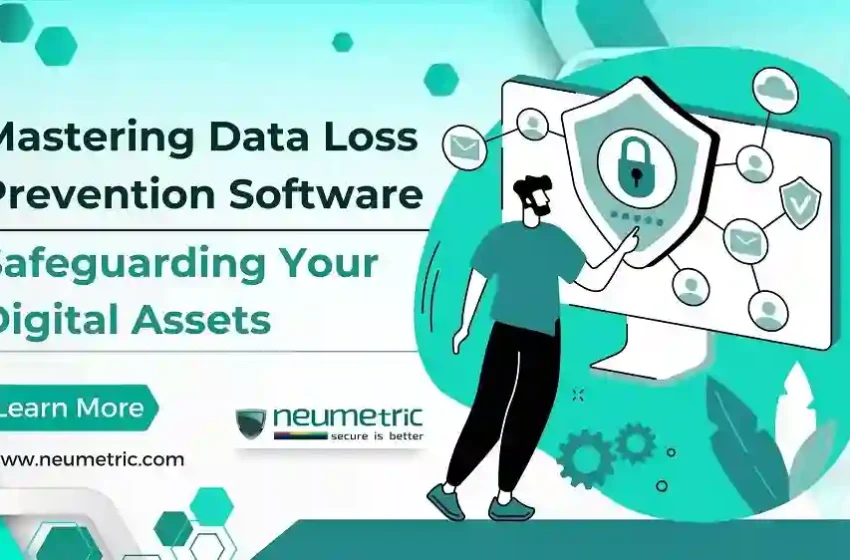
5 Ways Data Loss Prevention Software Safeguards Your Business
Data loss prevention software improves your MSP’s security posture by detecting and preventing sensitive data from being lost or exfiltrated. This software can protect data in motion (such as email attachments or file transfers), data at rest (stored on servers and endpoints), and even data while it is being accessed or processed.
Detecting and Preventing Malware
A variety of factors can cause data loss. Many of them are uncontrollable, like natural disasters and accidents. However, other factors, such as implementing strong cybersecurity measures and maintaining backups, are preventable. Some of these measures include using disaster-proof storage, encrypting sensitive data, and instituting system redundancies.
Cybercriminals often use malware to gain unauthorized access to business systems and networks. This malicious software can cause damage, steal data, and disrupt operations. Common types of malware are viruses, worms, and spyware. These threats can enter systems through unsuspecting employees downloading infected files or clicking on suspicious links. Once malware infiltrates a system, it can corrupt files, steal data, and render computers unusable. Data loss prevention software can help detect and prevent malware attacks by monitoring system activity, marking suspicious files for manual review, and preventing unauthorized file transfers. Some DLP solutions also use behavior-based analytics to identify and isolate malware that may bypass traditional antivirus software. These tools can also protect against zero-day exploits that still need to be specified and blocked by conventional security software.
Detecting and Preventing Data Loss
A business can face stiff fines and lost customers if it loses sensitive data. For small businesses, losing customer faith and reputation can lead to bankruptcy. A robust data loss prevention process is essential to safeguard your company’s reputation and financial health. This process includes implementing comprehensive security policies and regularly testing these policies. It also involves educating employees on cybersecurity best practices and establishing rules for physically safeguarding sensitive data and maintaining backups.
To prevent data leaks, a business must be able to detect when sensitive information is being sent outside of the network or being copied to an unauthorized location. This can be done using various tools, including data monitoring, intrusion detection, security machine learning, and user identity checks.
Once the system is set up to detect this activity, it must be able to identify what constitutes critical data and apply the appropriate security controls to that data. This may include encrypting or masking data to transform readable information into unreadable code. This allows authorized users to access the data but protects it from unauthorized eyes. It is also essential to ensure that any backed-up information is encrypted. Even if one device or server fails, it will be impossible for hackers to access sensitive data unless they have the original key or password.
Detecting and Preventing Information Leaks
Data leaks are a serious threat to your business, and a comprehensive DLP strategy can help prevent these from occurring. A DLP system can detect and block unauthorized access to sensitive information while it is in use (endpoint actions), in transition (network traffic), or at rest (data storage).
DLP solutions monitor incoming and outgoing data and use several tools to identify unauthorized activities that could be indicative of a breach, including content inspection, behavioral analysis, and machine learning. These technologies can detect and alert your team to potential threats and mark suspicious content for manual review by staff or automatically block it.
Unauthorized disclosure of sensitive data to unapproved persons or organizations is the most frequent cause of data loss.
This can occur through various methods, such as email misdelivery, misconfigured cloud storage, or employee negligence. Unintentional data leaks can result in privacy breaches, regulatory non-compliance, and reputational damage to your business.
In addition to detecting and blocking data leaks, a robust DLP strategy can protect your organization from malware and other cyberattacks by analyzing the behavior of software and files. This can help identify and isolate malware that bypasses traditional antivirus software. DLP solutions can also ensure that your business follows data-protection best practices by enforcing policies on file-sharing, password complexity requirements, and encryption standards.
Detecting and Preventing Ransomware
The WannaCry ransomware attack in 2017 brought the ransomware threat to the forefront of many cybersecurity professionals’ minds. Since then, cybercriminals have honed their skills and refined their tactics to make extorting payments a lucrative business model. As more critical data is digitized, protecting it from ransomware becomes even more crucial.
Stolen data can be resold on the dark web for thousands of dollars, so hackers have a lot of incentives to steal and sell your information. It’s not just financial information that hackers are after; intellectual property and other proprietary data are also a high-priority target.
A successful ransomware attack can devastate your business, causing a loss of revenue and slowing down operations. Fortunately, there are simple steps you can take to protect against the risk of ransomware and other common threats.
Ensure you have backups of your data in multiple places to recover from the incident without paying a ransom in the event of an attack. It’s also essential to regularly keep your software and systems up-to-date so hackers can’t exploit outdated vulnerabilities.
A DLP program can help safeguard your company from sensitive data loss, including ransomware attacks. By detecting and classifying data based on your pre-defined rules, enforcing data handling policies to prevent risky behavior, issuing alerts to your cybersecurity team so they can investigate incidents quickly, and educating employees to cultivate a culture of security awareness, DLP solutions can protect your company from costly losses.

